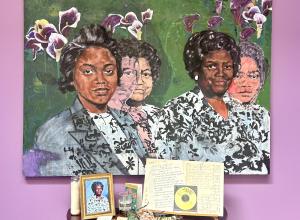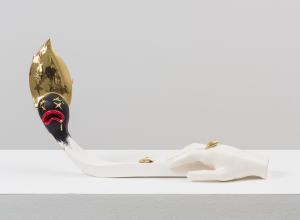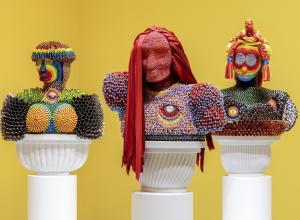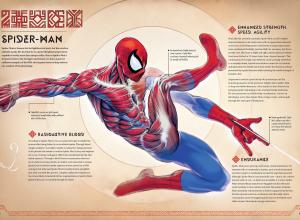Leonardo da Vinci and his works have attained a level of global notoriety unparalleled by many other artists. His paintings, inventions, drawings, and codices are coveted by art and history institutions as testaments to his genius and technical prowess.
Art News
What constitutes an artist? Perhaps your first thought is as straightforward as this author's was: An artist is someone who creates masterful works of art. And yet, many masterful artworks, past and present, were created by the artist and a team of assistants.
Art historian Jennifer Dasal crafts a window into France’s "Beautiful Age” with her sophomore book, The Club: Where American Women Artists Found Refuge in Belle Époque Paris. With silky prose, Dasal weaves a detailed tapestry of Belle Epoque society (1871 to 1914), first describing “the lure of Paris” before focusing on The American Girls’ Club for Artists and those young women who once found safe, affordable accommodations within its walls.
Considered one of the first major art movements of the modern era, Impressionism was a radical revolt against the contemporary standards of academic painting.
Amid the horrific loss of life and suffering resulting from geopolitical conflicts across the globe, dozens of organizations and individuals are quietly saving the art and artifacts that continue to stand as symbols of national pride for conflict-torn communities. Public attention has (rightfully) been on the human impact of wars in Ukraine and Gaza, as well as gang violence in countries like Haiti and Ecuador.
There are many concerns and issues that surround the use of genuine ancient coins in commercial retail. For one, there is the issue of availability and authenticity. Ancient coins tend to be found either as sporadic discoveries on archaeological sites or in large caches, called hoards. Hoards can contain thousands of coins at once and have produced no small percentage of the coins we have today.
In the hierarchy of influential women collectors throughout art history, Gertrude Vanderbilt Whitney (1875–1942) stands near the top of the list.
At the root of all Gothic art and architecture was the desire to construct something close to heaven on Earth, a place where congregations could feel the presence of the divine.
The old notion of “slaying the dragon” has had a pervasive presence in our culture for centuries, yet few know the actual origins of the popular expression. One story that certainly increased the phrase's popularity is that of Saint George, an early Christian martyr that served in the Roman army during the fourth century.
Alberto Giacometti’s “Large Thin Head” is still waiting for its next collector after failing to sell at Sotheby’s New York auction in May for an asking price of $70 million. Andy Warhol’s “Big Electric Chair” was saved from a similar fate when Christie’s pulled the $30 million canvas from their spring auction.


![DEl Kathryn Barton [Australian b. 1972] the more than human love , 2025 Acrylic on French linen 78 3/4 x 137 3/4 inches 200 x 350 cm Framed dimensions: 79 7/8 x 139 inches 203 x 353 cm](/sites/default/files/styles/category_card_187x139/public/ab15211bartonthe-more-human-lovelg.jpg?itok=LJbNuU6F)

![Ginevra de’ Benci [obverse]. 1474/1478. Leonardo da Vinci. Oil on Panel. Ailsa Mellon Brue Fund, National Gallery of Art.](/sites/default/files/styles/image_10_column/public/ginevradebenciobverse196761a.jpg?itok=1WvZbi09)
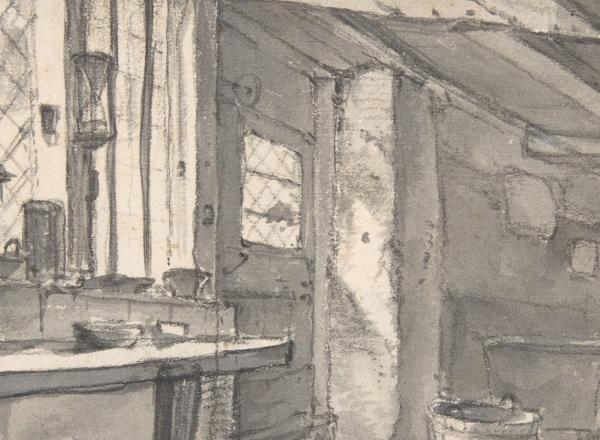

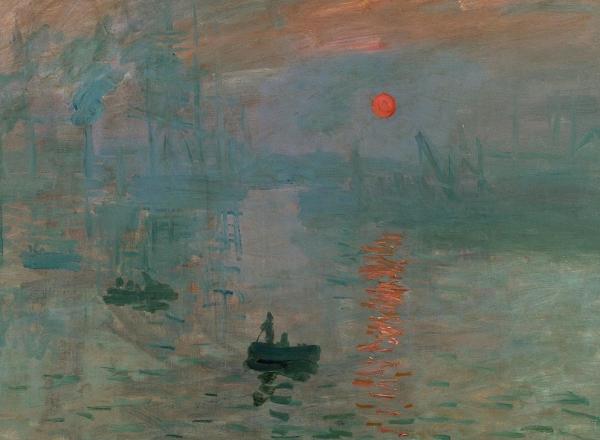

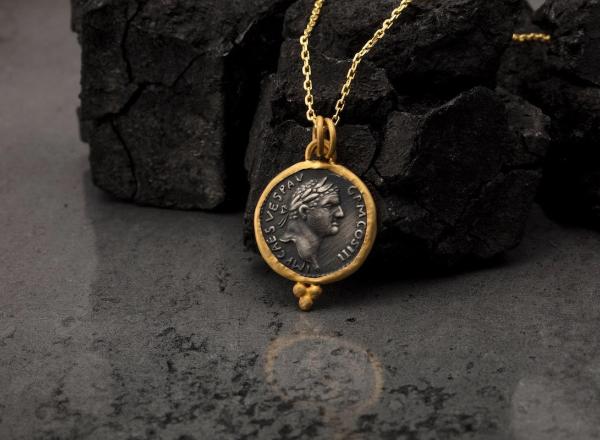
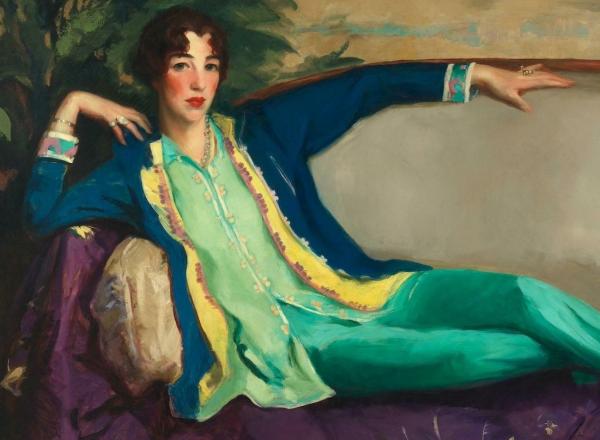

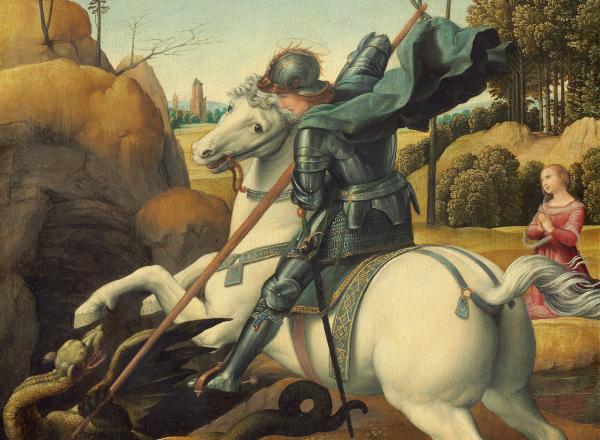
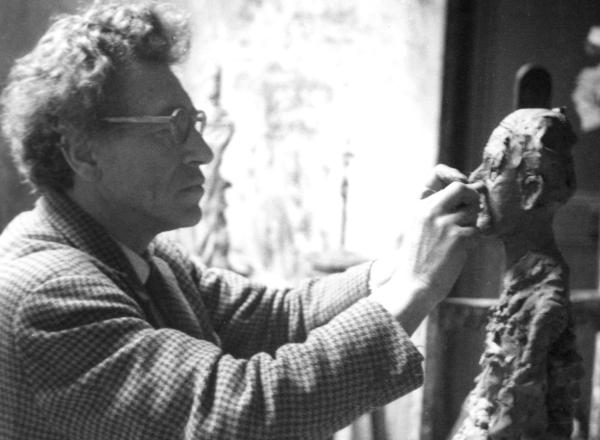

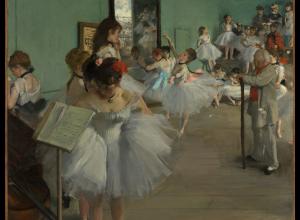


![DEl Kathryn Barton [Australian b. 1972] the more than human love , 2025 Acrylic on French linen 78 3/4 x 137 3/4 inches 200 x 350 cm Framed dimensions: 79 7/8 x 139 inches 203 x 353 cm](https://www.artandobject.com/sites/default/files/styles/image_5_column/public/ab15211bartonthe-more-human-lovelg.jpg?itok=wW_Qrve3)

